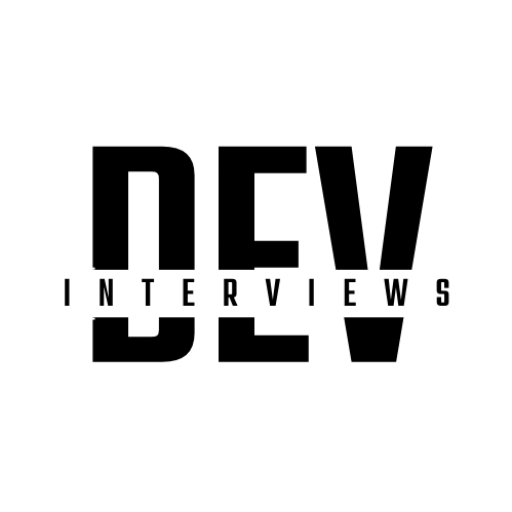Landing a back-end developer role isn’t just about nailing the coding challenges or answering theoretical questions. Hiring managers also want proof of your skills, and a well-crafted portfolio can be your ticket to standing out. But how do you create a portfolio that showcases your abilities and makes a lasting impression? In this blog, we’ll break down the steps to building an impactful portfolio tailored for back-end developer interviews.
Why Do Back-End Developers Need a Portfolio?
It’s common to think portfolios are more important for front-end developers or designers, but that’s a misconception. A back-end developer’s portfolio demonstrates your ability to design robust systems, solve real-world problems, and collaborate on projects. With the right portfolio, you can show recruiters your technical prowess and how you’ve applied your knowledge in practical settings.
Key Elements of a Back-End Developer Portfolio
Your portfolio doesn’t need to be flashy, but it does need to be strategic. Here are the essential elements to include:
- Project Overviews: Showcase 3-5 projects that demonstrate your core back-end skills, such as database design, API development, and system architecture.
- Technical Details: Include technologies used (e.g., Python, Java, SQL, Docker), frameworks (e.g., Spring Boot, Django), and the problem-solving process for each project.
- Code Samples: Link to GitHub repositories with clean, well-documented code to prove your attention to detail and coding standards.
- Case Studies: Highlight a couple of detailed case studies explaining how you tackled challenges like scaling an application, optimizing database performance, or debugging complex issues.
- ReadMe Files: Ensure your GitHub repos have clear and concise ReadMe files explaining project setup, goals, and usage instructions.
Steps to Build Your Back-End Developer Portfolio
Ready to get started? Follow these actionable steps:
- Choose Your Best Projects: Select projects that showcase a variety of skills and technologies. Focus on quality over quantity.
- Write a Strong Introduction: Start your portfolio site or README with a short bio, emphasizing your expertise and professional goals.
- Host Your Portfolio Online: Use platforms like GitHub Pages, Netlify, or Heroku to host your projects. Make sure your portfolio is easy to navigate.
- Provide Context for Each Project: For every project, explain the problem, your solution, and the impact of your work. Use screenshots and diagrams where possible.
- Keep It Updated: Continuously add new projects and remove outdated ones. Regular updates show you’re staying active in the field.
Pro Tips for Standing Out
To elevate your portfolio to the next level, consider these tips:
- Use Metrics: Whenever possible, include numbers to quantify your impact (e.g., “Reduced API response time by 30%” or “Increased system scalability to handle 1M users”).
- Highlight Collaboration: Include team projects to show you can work well with others and handle large-scale applications.
- Blog About Your Projects: Writing blog posts about your process can demonstrate your communication skills and deepen your credibility.
- Keep It Simple: Don’t overload your portfolio with too much content. Aim for clarity and ease of use.
Conclusion
A strong back-end developer portfolio can set you apart in a competitive job market. By carefully curating your best work, providing technical insights, and maintaining a polished online presence, you’ll leave a lasting impression on potential employers. Remember, your portfolio is not just a collection of projects—it’s your professional story, told through code and creativity. Start building yours today!



